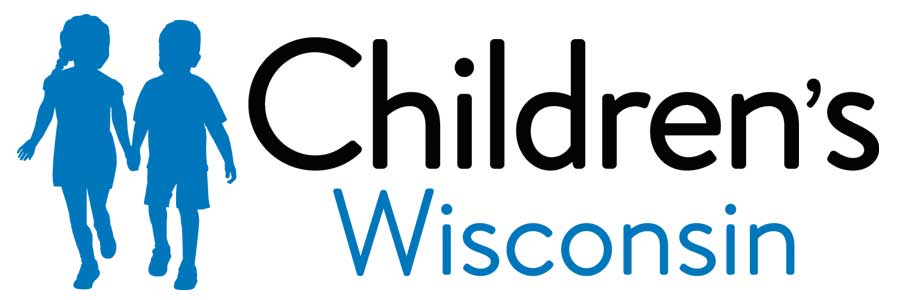Occupational therapy after chest surgery (1861)
Key points below
It is important to protect your child’s chest and ribs after chest surgery. You will have to limit your child’s activities.
Precautions
• Do not lift your child under the arms for at least six weeks after surgery. When moving your child, be sure to support their bottom and back.• 5 days after surgery: Your child can shower.
• 14 days after surgery: Your child can take a full bath in the tub.
• Your child should wait at least 4 weeks after surgery to swim.
• For the first 6 weeks
- Your child should ride in the back seat. This is important even if they usually sit in the front. Your child should still use their normal car seat restraint for their height and weight.
- Protect the incision. Do not allow contact sports, bike ride, or any activities that could pull or hurt the incision.
- If your child had a sternotomy (cut was down the middle of the chest): Your child should not lift more than 5 pounds with either arm. (A 2 liter bottle of soda weighs about 5 pounds. A gallon of milk weighs about 8 pounds).
- If your child had a thoracotomy (cut on one side of their torso): Your child should not lift more than 5 pounds with the arm on the side of the incision.
- Your doctor will decide when lifting precautions are no longer needed.
- Keep one set of school books at home and one at school. Children should not use a backpack.
The day after surgery
Start the arm exercises your occupational therapist gives you. Your family can help by holding your arm and gently helping with movement as needed.
Do the arm exercises 3 times a day. Do each exercise 10 times.
1. Raise your arm to point to the ceiling. Keep your elbow straight.

2. Raise your arm out to the side. Keep your elbow straight. Do not shrug your shoulders or trunk.

3. Sit up tall and squeeze your shoulder blades back toward each other.
You can help your recovery if you:
• Start to feed yourself.
• Brush your teeth.
• Hold your own drink.
• Do as much for yourself as you can.
Dressing and Bathing
• For your safety and comfort, sit in a chair to get dressed. Put your ankle on the opposite knee when you put on or take off socks and get pants over your feet. It may be more comfortable to bend at the hips instead of the waist.
For other health and wellness information, check out this resource:
